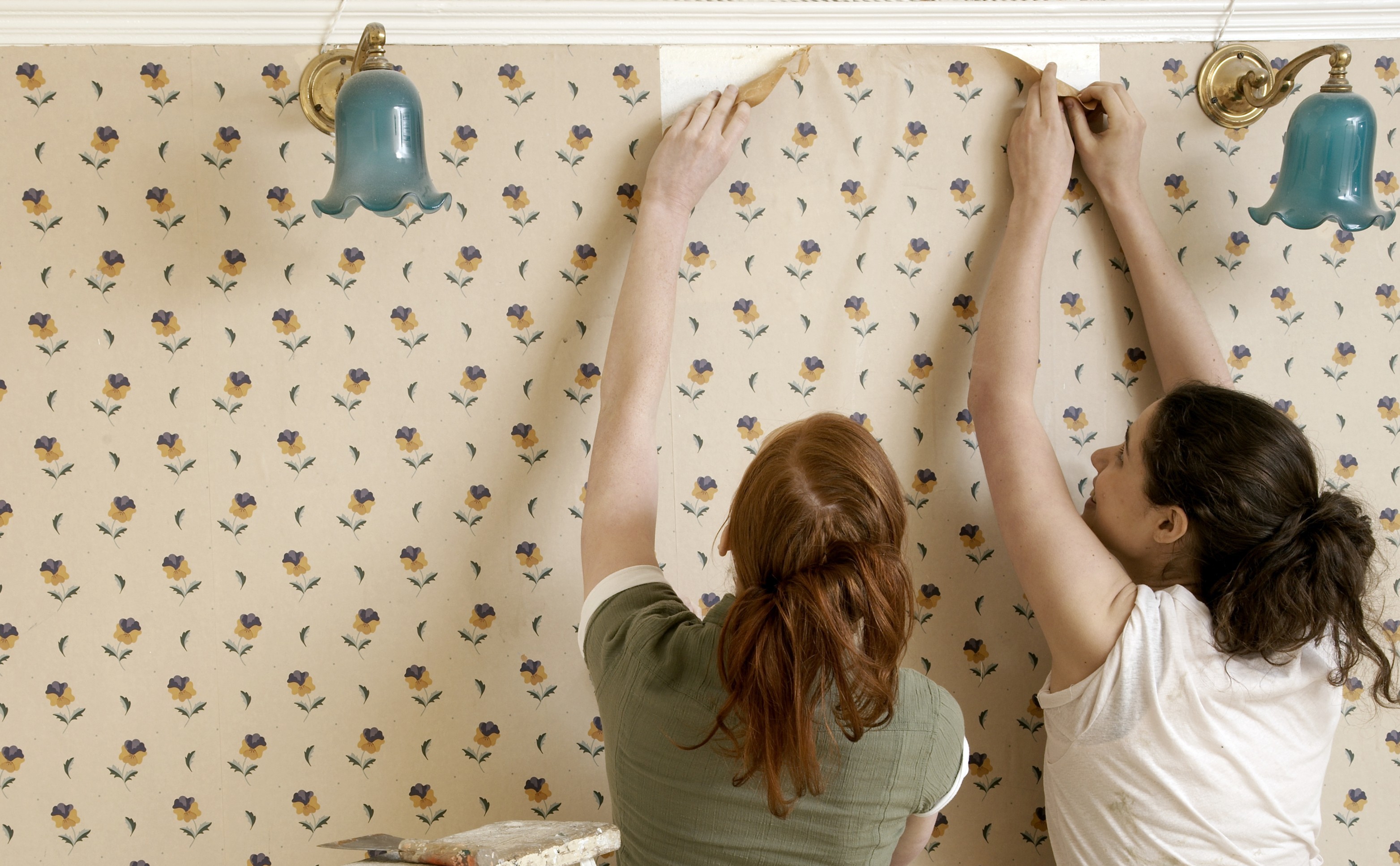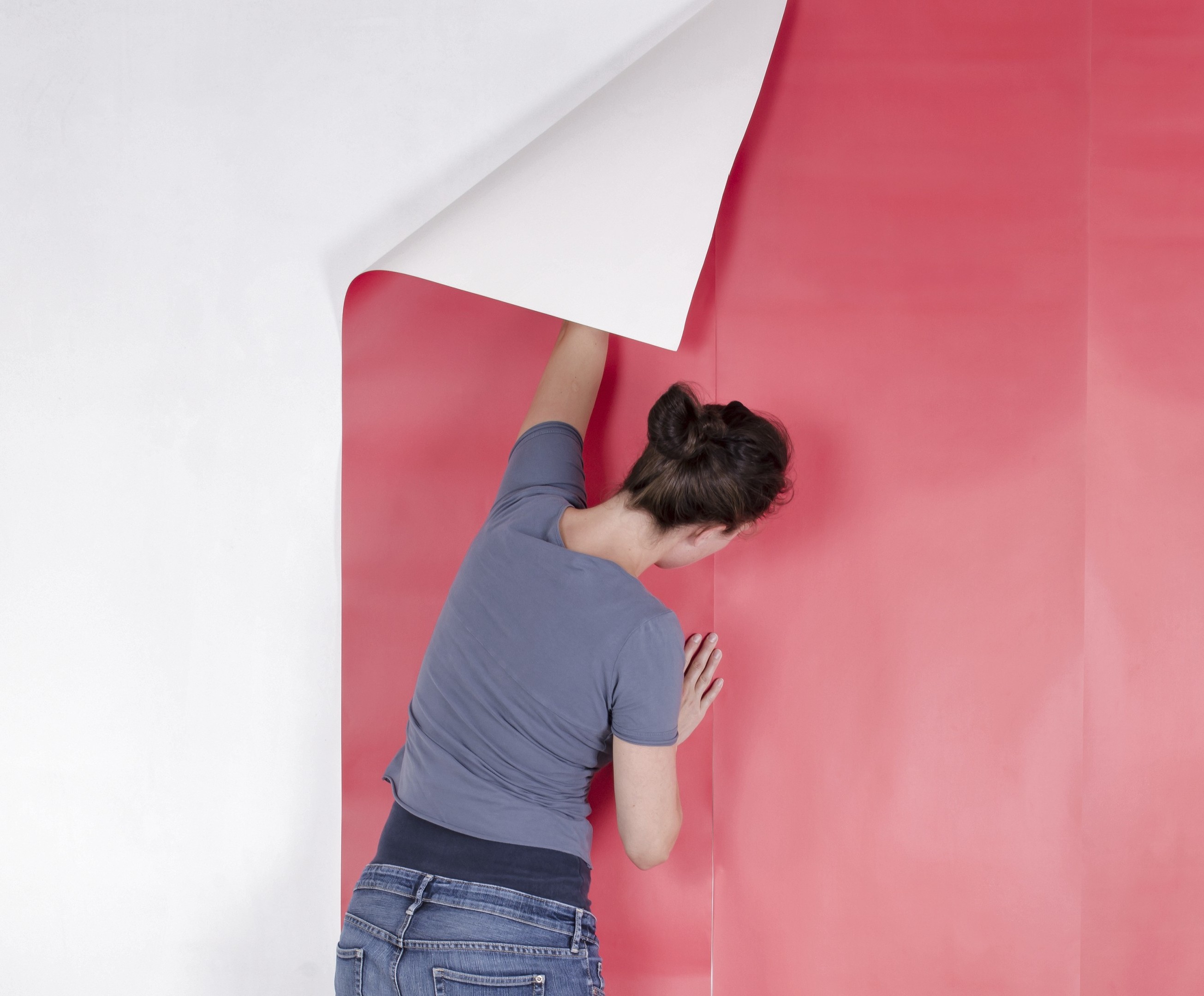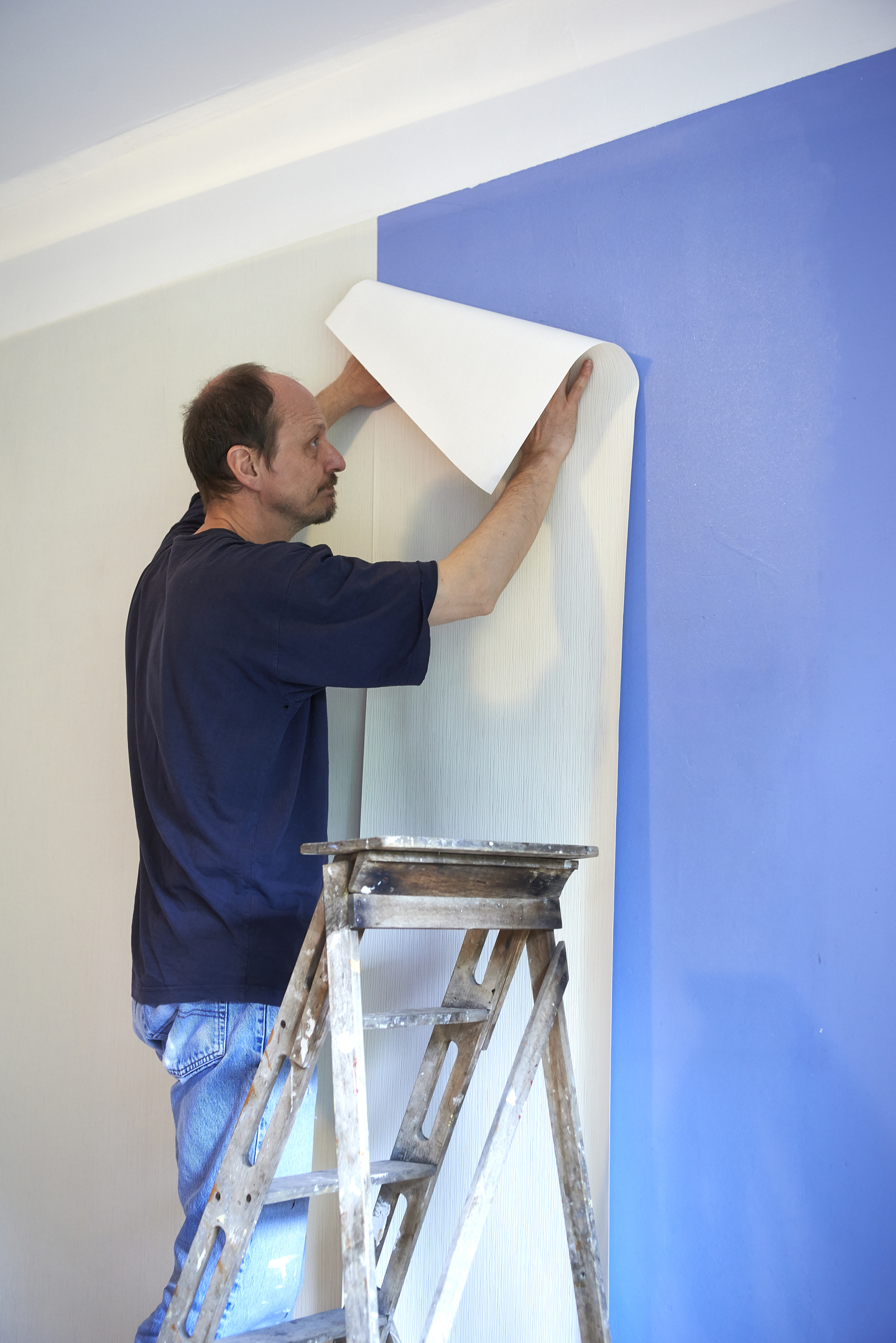
1. Wallpaper wants to go on the wall. This is what it was designed to do. It wants to be straight and perfectly-matched to its neighbouring piece of wallpaper, as this will allow it to look its best. You want to put the wallpaper on the wall. You and the wallpaper have a common purpose.
2. Paste wants to stick the paper to the wall. This is what it was designed to do. It does not want to be lumpy, so it hopes you will mix it properly. It does not want to become dried out and unusable so cover the bucket with a cloth if you leave it overnight. You, the wallpaper and the paste have a common purpose.
3. You need the tools for the job. A spirit level, a good brush, a sharp knife and a clean sponge. And also a steady supply of cups of tea, biscuits and bacon rolls. All existence is a balance. A complex undertaking such as hanging wallpaper is weighed against the simple requirement of sustenance. If both sides are looked after, a better balance is achieved.
4. Your best is good enough. Attention to detail is at the heart of a good wallpaper-hanging job. Take time to get it right. Make sure when you cut a piece of paper, you cut in the right place. Make sure every square centimetre is properly pasted. Make sure every air bubble is brushed away. This way lies the serenity of knowing you gave all you could and no man (or woman) could ask more.
5. New wallpaper improves a room, no matter what the paper looks like. There may be doubts expressed by other members of the family that they’re “not quite sure about it” when the job is half done. But they will be reassured by you saying you love the new look. You should never say you can’t be bothered to rip it all down and start again as this might cause discord and therefore undo the equilibrium at the heart of this world.

6. No man, and no wall, is perfectly-shaped. Walls should contain 90-degree angles, but this is not always possible. Houses settle over time, building materials expand and contract in heat and cold. Walls are thrown off the square. Wallpapers with vertical stripes might look odd when you get to these unsquare corners. There is nothing you can do about it. Let it go.
7. No man gets everything right all the time. Your hand might slip when cutting with scissors or knife, you might cut just a millimetre shorter than you did on the previously-hung, adjacent piece. Sometimes the match just doesn’t match, despite your best efforts. Do not worry about this. Let it go.
8. Light switches, plugs, air bubbles and tricky bits around door frames are examples of wrinkles in the smooth fabric of the world that exist so the perfection of the rest is allowed to shine brighter. If a small imperfection is allowed, it only highlights the serenity of the whole piece.
9. Many a man (or woman) may not know a job isn’t perfect unless he/she is told about it. Don’t point out your mistakes. The concept of a mistake cannot exist if you didn’t mean to make the mistake. You thought you were doing the right thing at the time. The result is just a piece of differently-viewed perfection. And the eyes can be fooled by the ears – tell anyone who will listen that you have done a very good job. They will then regard it as a very good job.
10. Wallpaper likes to be admired over a long period. To strip off wallpaper before its time has come is an unbalancing, unsettling experience. A period of at least 10 years between papering and re-papering should be allowed. This will allow you to grow as a human being, it will let your home decorating skills mature. You will achieve a plateau where you know that if you HAD to re-do the job you could, but also allow yourself to properly consider the question: “Do I NEED to re-wallpaper?” If you can strike a balance then you might grant yourself the gift of time to contemplate life, the universe and whether there’s footy on the telly.
READ MORE
Can you really not afford home insurance cover?
Video: Explore fabulous flats on the market across the country

Enjoy the convenience of having The Sunday Post delivered as a digital ePaper straight to your smartphone, tablet or computer.
Subscribe for only £5.49 a month and enjoy all the benefits of the printed paper as a digital replica.
Subscribe
